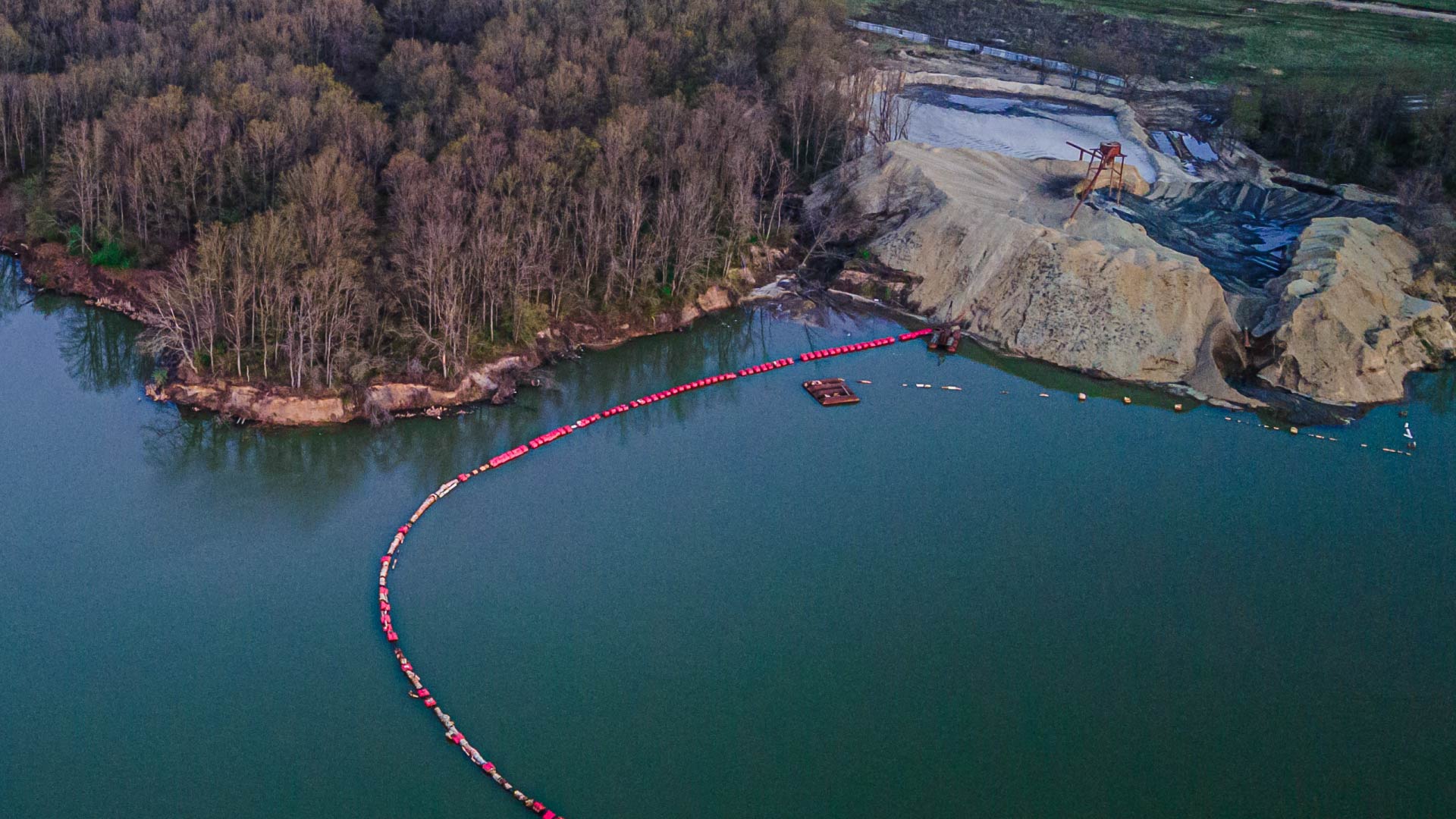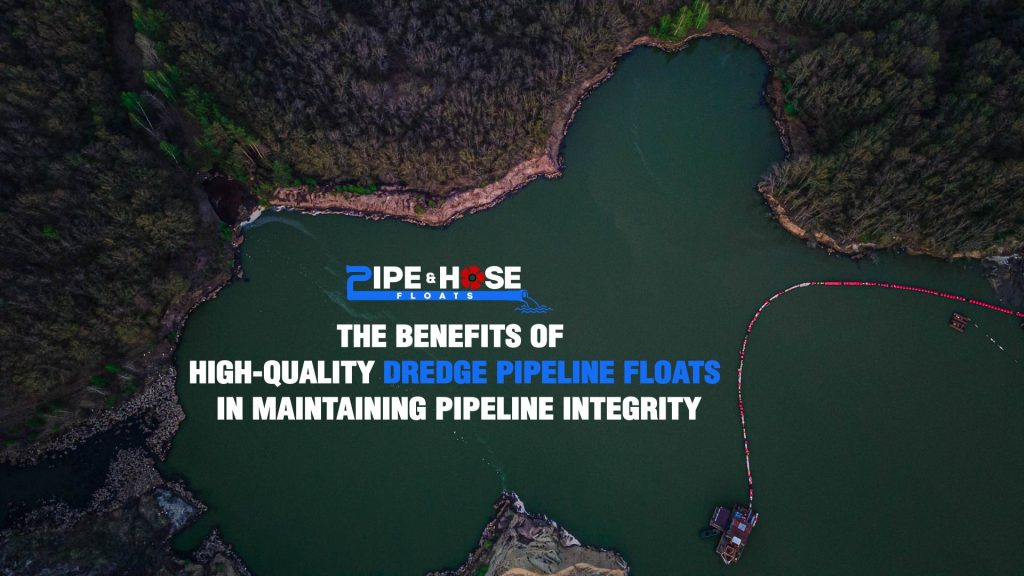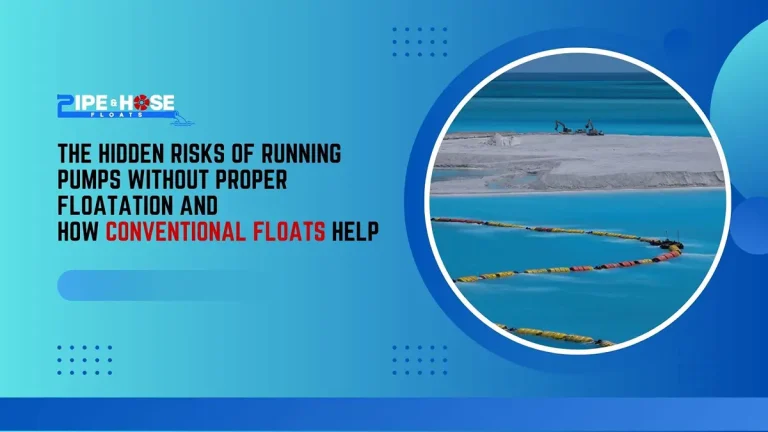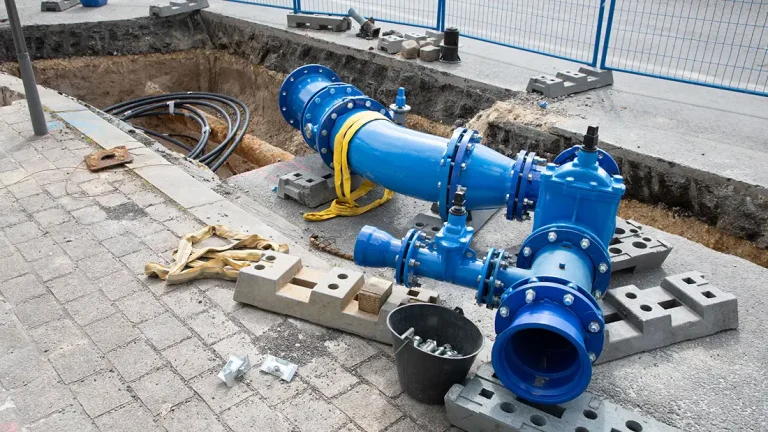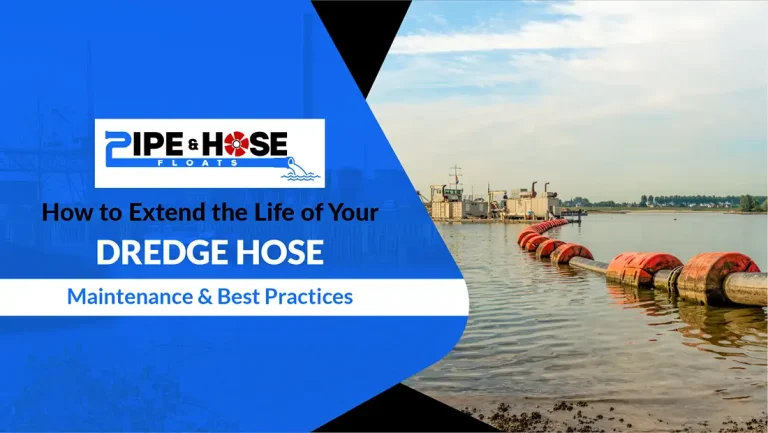Dredging is a crucial process in various industries, from construction and mining to environmental restoration. It involves removing sediment, debris, and other materials from the bottom of water bodies to maintain navigable waterways, create new land, or extract valuable minerals. An essential component of this process is the dredge pipeline, which transports the dredged material. To ensure the pipeline’s effectiveness and longevity, the use of high-quality dredge floats—is vital. In this article, we will explore the benefits of investing in top-notch dredge floats and how they contribute to maintaining pipeline integrity.




Understanding Dredge Pipeline Floats
Dredging pipeline floats are buoyant structures designed to keep dredging pipelines afloat and properly supported during operations. These floats are crucial for preventing the pipeline from sinking or becoming overly stressed, which can result in damage or operational inefficiencies. Available in various types, such as buoyant floats and modular floats, they offer different levels of support and buoyancy tailored to the specific requirements of the dredging project. By maintaining the stability and functionality of the dredging operation, these floats ensure that the pipeline remains intact and operational throughout the dredging process.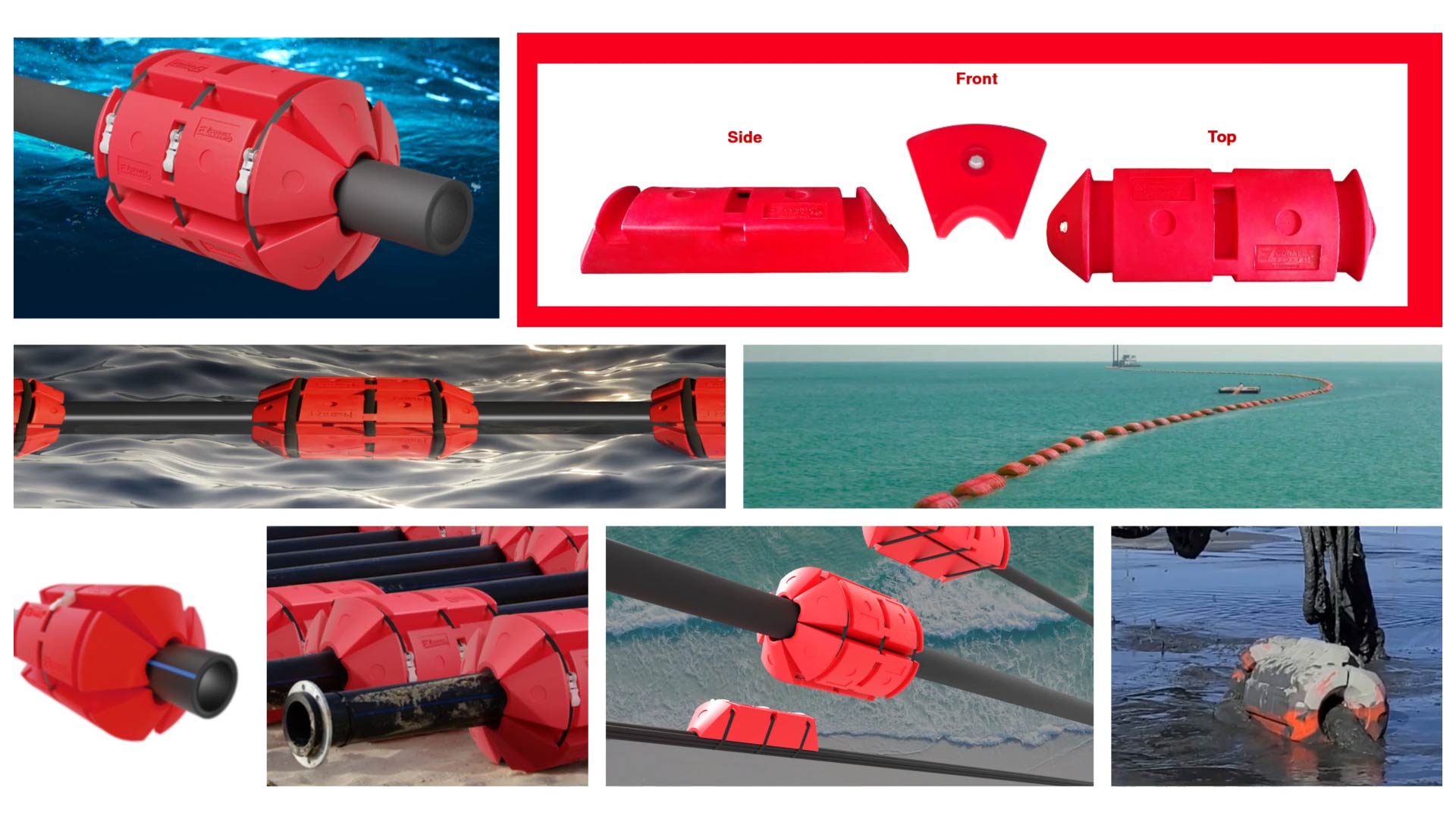
Key Benefits of High-Quality Dredge Pipeline Floats
-
Enhanced Pipeline Stability
- Increased Longevity of Pipeline Systems
- Improved Safety and Efficiency

Comparison: High-Quality Floats vs. Lower-Quality Alternatives
- Material and Durability
- Cost Implications
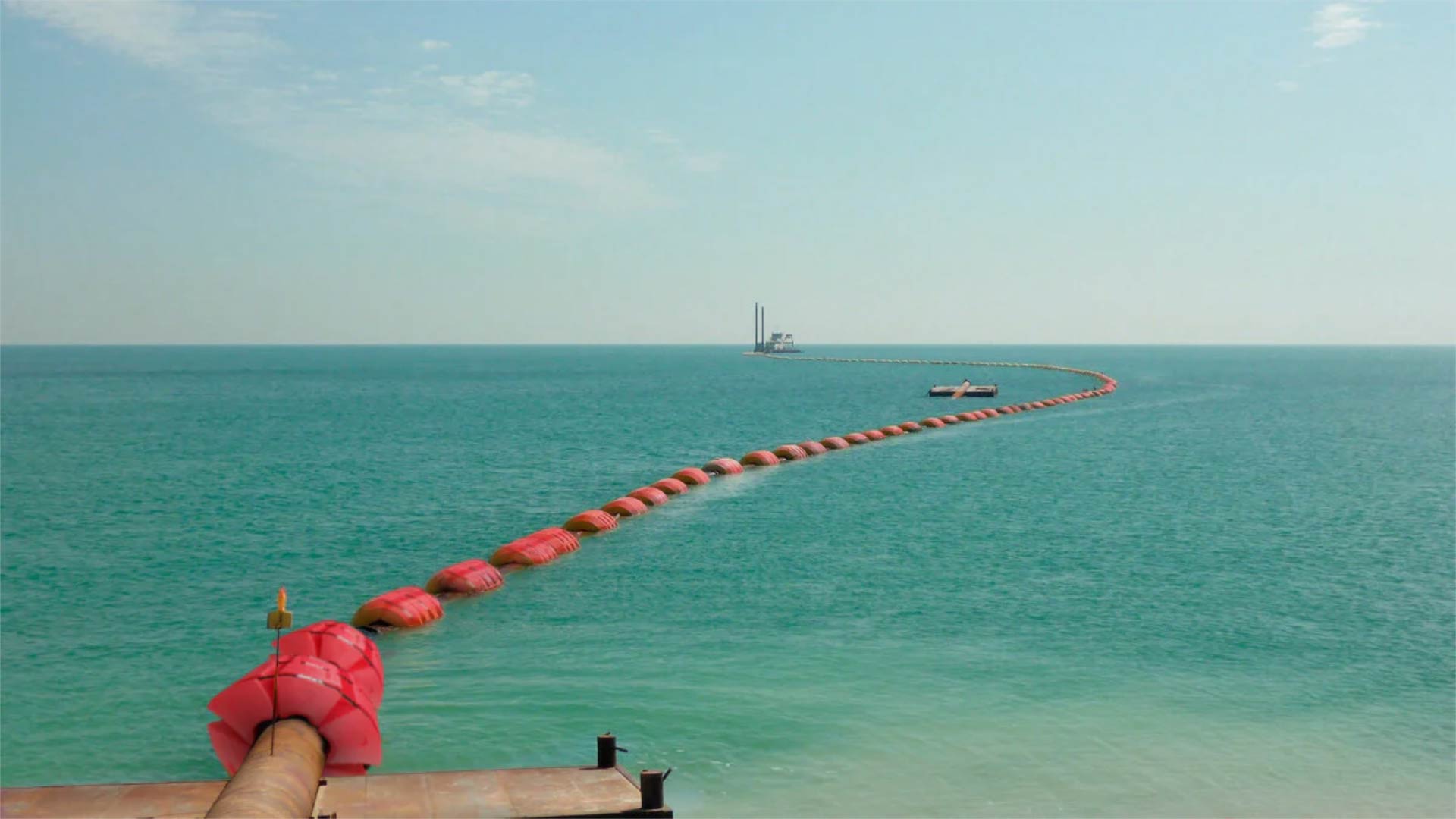
Choosing the Right Dredge Pipeline Floats
When selecting dredging pipeline floats, several factors should be considered to ensure you choose the best option for your needs:- Size and Buoyancy: Choose floats that are appropriately sized for your pipeline and provide the necessary buoyancy to support its weight effectively.
- Material Specifications: Opt for floats made from durable materials that can withstand the environmental conditions of your dredging operation.
- Performance and Quality: Evaluate the floats’ quality and performance through reviews, manufacturer specifications, and industry recommendations.
